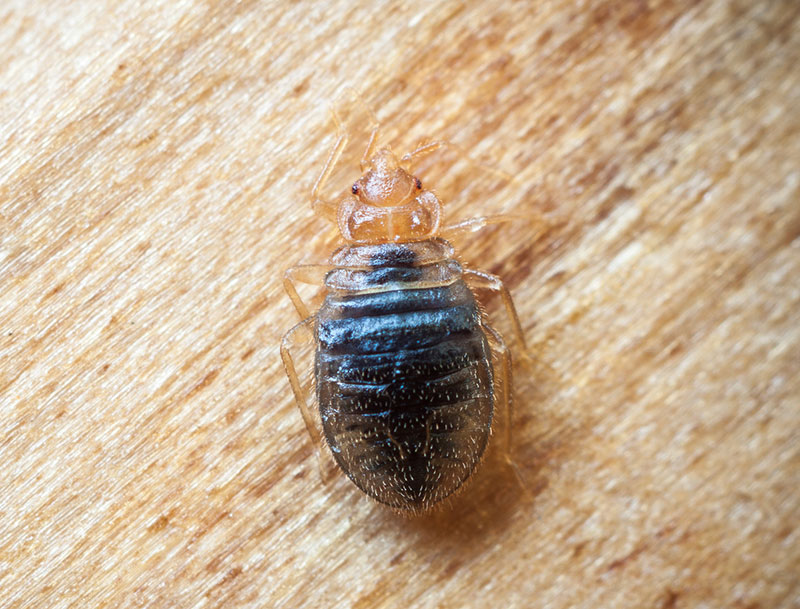
Preventing bedbugs in multi-unit housing is cheaper and more effective than dealing with the pests after they’ve settled in, a new report says.
The authors looked at dozens of field studies on bedbug management. They concluded that “programs that consider the residents, housing managers and staff and attempt to detect infestations before they are reported and before populations spread to multiple units stand the best chance at succeeding.”
“We consider early detection and regular monitoring to be the most important components of successful integrated pest management [IPM] programs for bedbugs in multi-unit housing,” lead author Alvaro Romero said.
Romero is an assistant professor of urban entomology at New Mexico State University.
Multi-unit housing such as assisted living facilities and affordable housing communities are particularly vulnerable to bedbug infestations.
Once an infestation occurs, insecticides are the most common method of dealing with bedbugs in these settings, the study authors said.
But that may not be the best approach, Romero said.
Prevention includes a variety of nonchemical methods. Examples include clutter reduction, mattress and box spring encasements, steam treatment, heat treatment, vacuuming and laundering. It also involves placement of bedbug traps and monitors, the researchers said.
All of these measures help to reduce risks associated with chemical methods, Romero said. Such risks include exposure to pesticides and bedbugs developing resistance to the chemicals used to kill them.
The report was published this week in the Journal of Integrated Pest Management.
One drawback to prevention efforts is the expense.
But, Romero said that prevention costs are likely worth it in the long run.
“These long-term programs may eventually make economic sense as the best ways to effectively manage bedbugs in these challenging environments,” Romero said in a journal news release.
More information
The U.S. Centers for Disease Control and Prevention has more on bedbugs.
Source: HealthDay

Leave a Reply